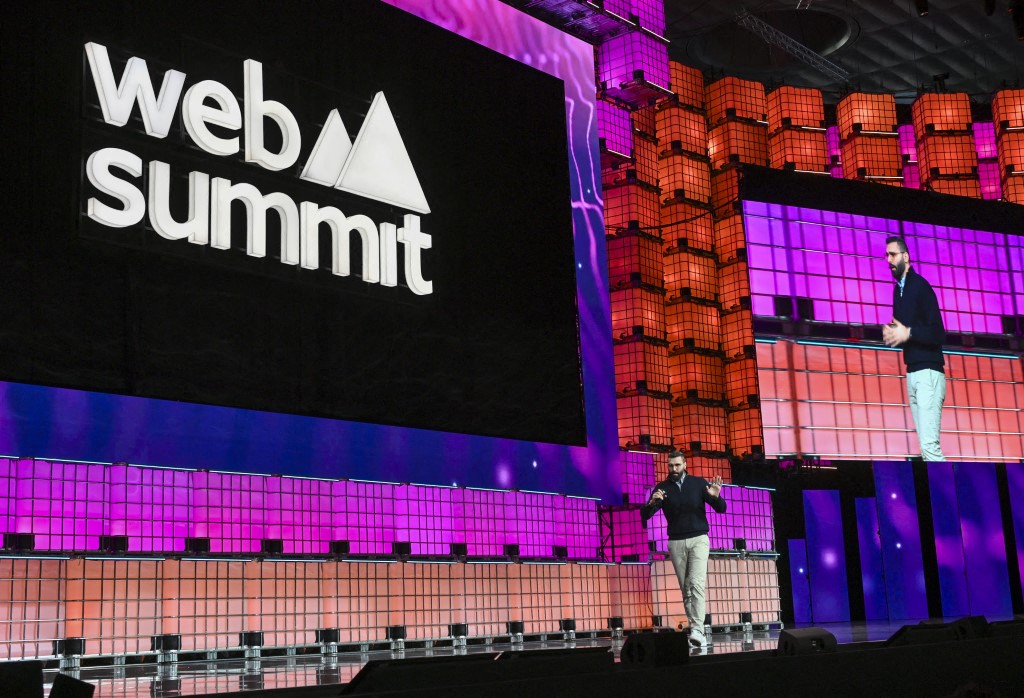Hanin Hamade, Manager, Data Sciences Practice – Publicis Media, explains why and how brands should keep an eye on the booming social media chatter around the pandemic.
It is no secret that 2020 has been off to a rocky start. Conversations around covid-19 have no border and are not siloed to specific audiences; we see them monopolizing time and engagement across young and old, professionals and non-professionals, with topics ranging from tragic to light-hearted.
As covid-19 rolls into the new normal, we see a colossal surge of social chatter across platforms. People are flocking to their virtual worlds to seek out real-time updates, find and share tips and tricks, vent out their concerns and finally but critically, find a small bit of humor and humanity to get them through the darkness.
With such a unique and rapidly developing situation, it is crucial for brands to maintain a strong pulse across social mentions and, in conjunction, consumers’ evolving state of mind. Maintaining this agile view allows brands and businesses to gauge opportunities and maintain a state of readiness to manage any crisis. It is just as important to be ‘in the now’ with consumers and share this nerve-wracking experience with them.
Diving into social chatter around covid-19
Rising hourly, we currently see over 2.9 million social mentions around this phenomenon in the GCC. Just as the virus grows exponentially, so has the conversation, particularly on the 24th of February with a 348% growth in chatter, coinciding with the first confirmed covid-19 cases in Bahrain and Kuwait. Overall, KSA dominates over half of this conversation (56%), followed by Kuwait and the UAE at 19% and 15% respectively.
There is no denying that the current primary need that social media fulfills is the hunger for minute-by-minute updates and stats wherever the user is, as well as advice on dos and don’ts in order to ward off this disease. But how else are consumers actually conversing about the virus online and what kinds of reactions have they been exhibiting?
To begin with, people by nature seek influence from entities they deem credible, which in this case had been official entities and online sources. Some people have also been observed to get a sense of comfort in sharing prayers and well-wishes as a way to help alleviate others’ concerns. Similarly, users feel compelled to share their gratitude for healthcare professionals and amplify their sacrifices and good deeds for others to see.
Unfortunately, we also see many self-acclaimed Internet experts seizing this opportunity to preach views on the next steps or share ideas of the perfect anti-Corona solution. This presents a problem for the average consumer who is looking to distinguish between right and wrong, and learn which facts to trust and consequently share. This leaves many people feeling drained by what feels like a flood of bad news at all hours of the day.
This is where humor comes in, with a colossal role to play in this battlefield of conversation topics. While the post-apocalyptical vibe is worrisome, some have found comfort in laughter.
More recently, users have reflected on the newfound return to tradition, from home-cooked meals to friends/family home visits.
Evolving social chatter by vertical
Based on conversations and interests, we looked into six key verticals: Travel, Delivery, Restaurants, Malls, Cinemas and Grocery.

Travel has understandably triggered the highest social volumes with people mourning their missed trips and worrying about refunds, while future travelers hope for positive updates that would alleviate the global panic and subsequent travel restrictions. Furthermore, it is interesting to see the GCC – a region already reliant on delivery services – fall deeper into this dependency. Individuals are emphasizing their need for home delivery today, showing no patience for late deliveries, although they feel that this is the lesser of two evils compared to store visits. Moreover, while inconvenient to many, people are beginning to grasp the urgency for stringent social distancing measures and avoiding restaurants, malls, and cinemas.
As people began to realize the possibility of an impending lockdown in their respective markets and heard about grocery stores running out of stock, they felt compelled to make their own trips and stock-up in preparation for the worst. This realization has created a lot of panic among social conversationalists.
Business implication
This all paves the way for two key questions for professionals to ponder: What is the business implication of the current situation? How should you, as a business, react and move forward?
As expected, the outbreak brings with it real limitations to businesses. Offsite operations, event, and training cancellations, reduced demand for public/interactive brand experiences, missing links in supply chain and travel bans are only a few of the common changes we’re witnessing. With multitudes of global and local events being canceled or postponed, big question marks are put upon the fate of several upcoming events that have yet to be decided.
Media consumption is expected to see a palpable shift from OOH, radio, and cinema (among others) to in-home, TV/streaming services and digital overall (with a focus on e-commerce) as people seek at-home entertainment and experiences. That being said, with the surge of sensitive online content, brands must tread carefully with digital advertising, keeping in mind brand safety to ensure they do not get associated with the wrong kind of content.
Global events such as the recent stock market crash whispered fears of an impending economic shift, and a possible short-term recession in some markets may be on the horizon.
With every hurdle comes an opportunity – be it to eliminate obstacles, fill a gap or facilitate convenience. This begs the loaded question of how businesses should handle this moment while walking the thin line of addressing a need vs. appearing opportunistic. From a communication and activation standpoint, how must businesses tread this perilous path?
The below list has been compiled to outline the potential dos and don’ts from a communication perspective:
Brand dos:
People want function and logic to reinvigorate trust with brands.
- Take on the role of the educator. Share tips and hacks to make life simpler.
- Promote self-checks (could be layered with collaborations with hospitals).
- Encourage social distancing. Recruit influencers and opinion leaders to share the message.
- Honor the fallen.
- Discourage hate. We are all in the same boat. Self-preservation does not condone racism against specific nationalities.
- Glorify the concept of civic duty – doing what is right for one’s community even if it comes at an inconvenience to them.
- Celebrate life. Encourage consumers to seize the moment, make the most of what they have, and appreciate their loved ones.
Ultimately, people want brands to remember that they are emotional.
Brand don’ts:
Brands should never stoke fear, make light of the situation, or look as if they are acting in an opportunistic way.
The way forward
With the uncertainty of tomorrow, consumers today are taking it one day at a time. Social media has long been their window to the rest of the world, even more so now with talks of enforced social distancing in the near future. Credible information is absolutely essential to them, as is the need for positive reinforcement.
Businesses would do well to keep tabs on this social conversation and work to be part of this uniquely human phenomenon that has positioned each of us – as consumers, agencies, and brands – at the forefront of it all; sharing similar concerns, waiting out this dark cloud, and hoping for the best.
Opinions expressed in this piece belong to the author.






